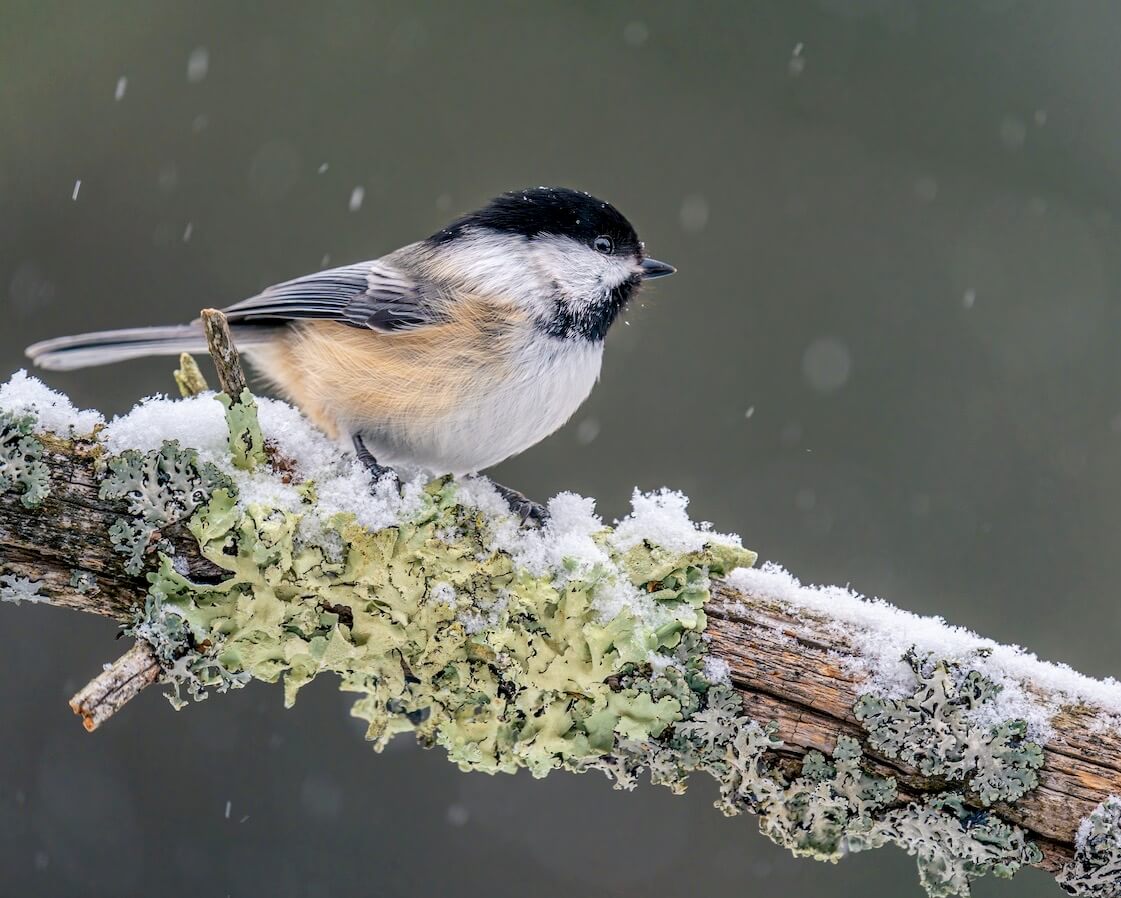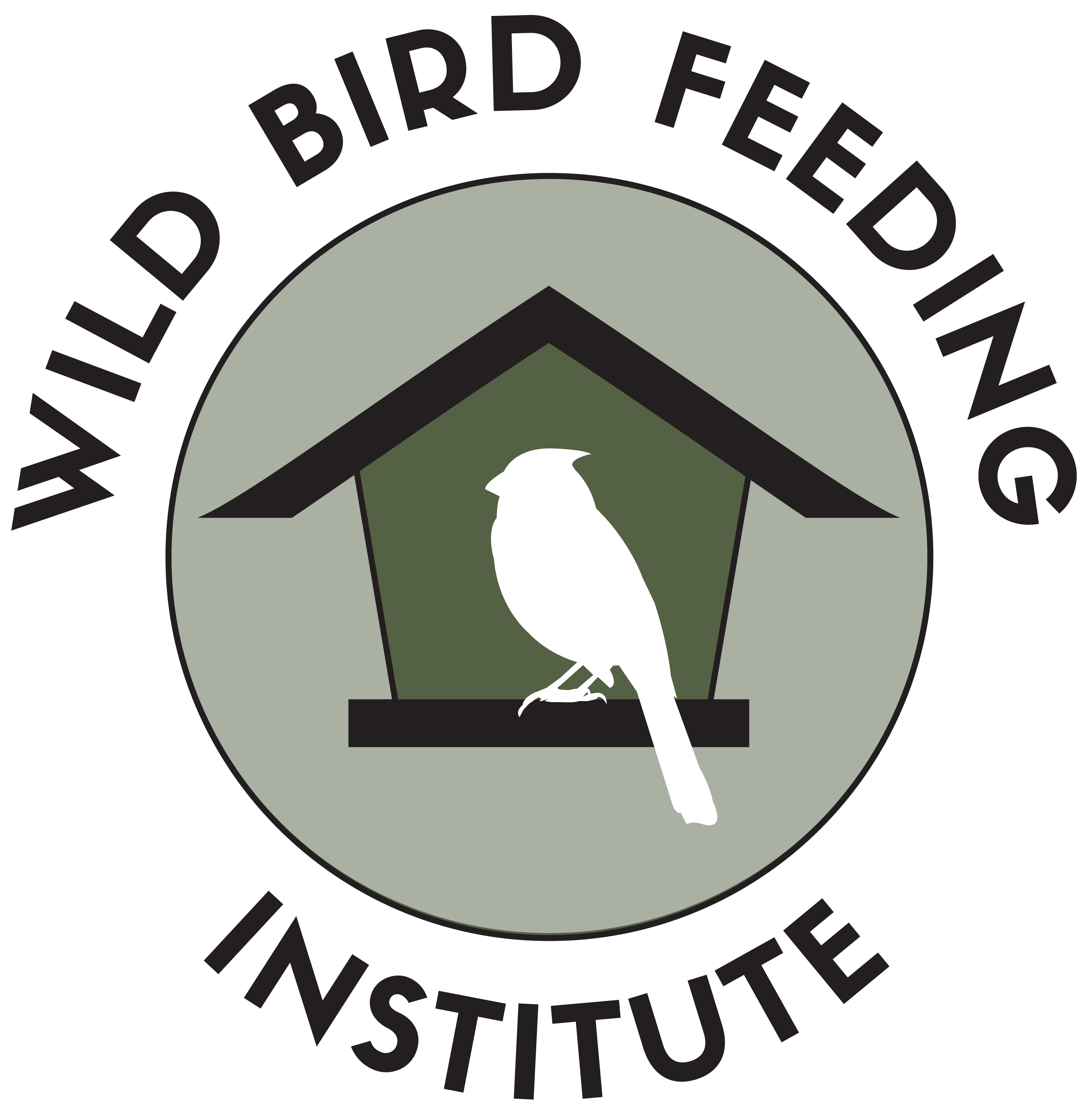Make Your Yard a Winter Destination with Suet Cakes

In a recent interview with Tamara Browning at Radiant Life magazine, our very own Executive Director, Emma Bennett, provided some insight on how to keep your feathered friends happy this winter with suet cakes.
“It is not necessarily required to feed birds suet for their survival, but winters can be brutal for birds. It can be thought of as a supplement,” Bennett said. “With few sources of food during the winter months, those that feed birds help by supplementing the birds with easy access to food sources. Animal fat is easily digested and metabolized, making it a high-energy food source for many birds, especially our feathered friends in cold weather.”
Leaving suet out can attract a wide variety of birds such as woodpeckers, chickadees, tufted titmice, doves, jays, and many more. It’s also a quick and inexpensive food source that can help birds all year round.
“There are many recipes and brands in the market,” Bennett continued. “Suet is technically defined as the hard fat around the kidneys and loins in beef and mutton, but in common usage, most kinds of beef fat are also called suet and can safely be fed to birds. Suet/ beef tallow is a form of extra energy for wild birds. Preferred ingredients in the suet product could include Black Oil Sunflower seed, peanuts, sunflower hearts, cornmeal or cracked corn, millet, mealworms, etc.”
Do-it-yourself suet cakes can be simple and nutritious, as Jan McIntyre, known as The Ginger Optimist, shows in the Sept. 1, 2019, YouTube video “How to make Suet Cakes for Birds".
Suet should mainly be used in the winter due to it melting or becoming rancid in the summer months, so we recommend supplementing bird seed in the warm months. Suet can be served in a basket feeder, on tree bark, logs, and branches, or packed into a pinecone. Anywhere near or under a tree is always a good idea since the birds attracted to suet normally feed in trees.
"And as always, feeders and feeding areas need to be kept clean to keep birds safe and healthy," Bennett said. "A water source should be added nearby, if possible." The Wild Bird Feeding Institute also has a six-step guide for turning a yard into a bird sanctuary.
